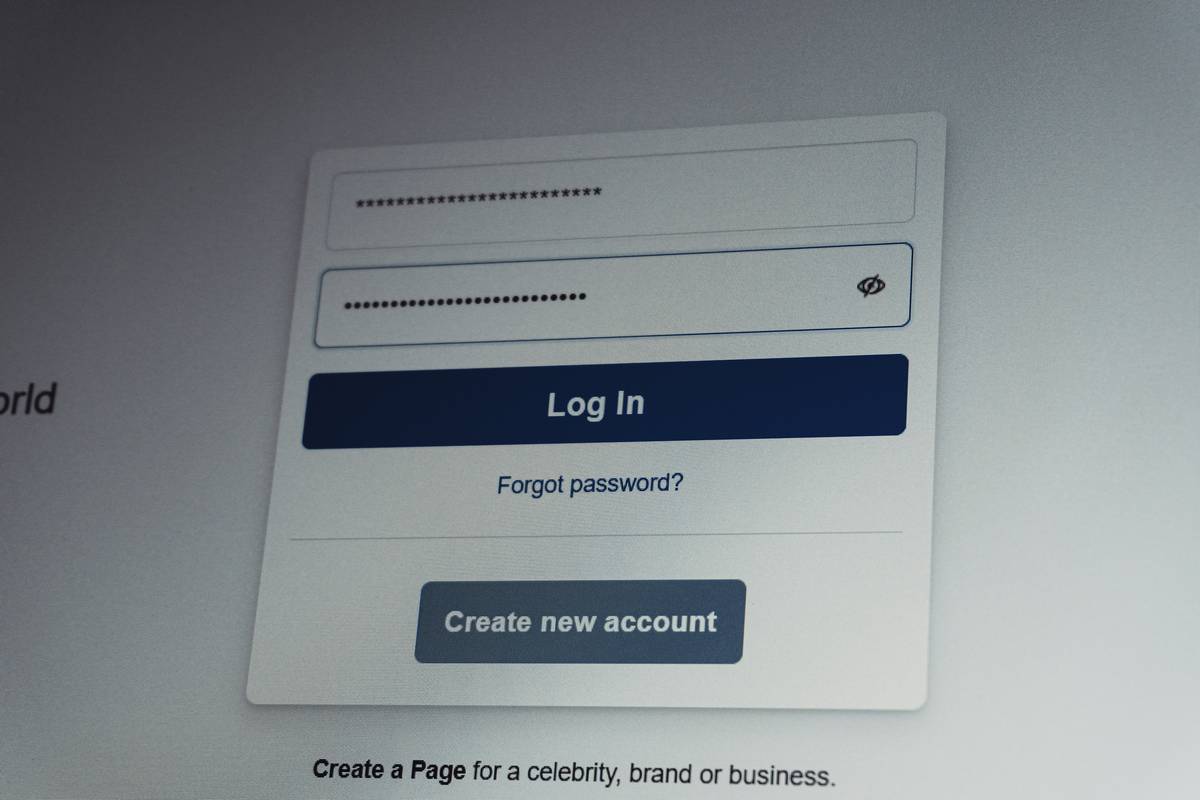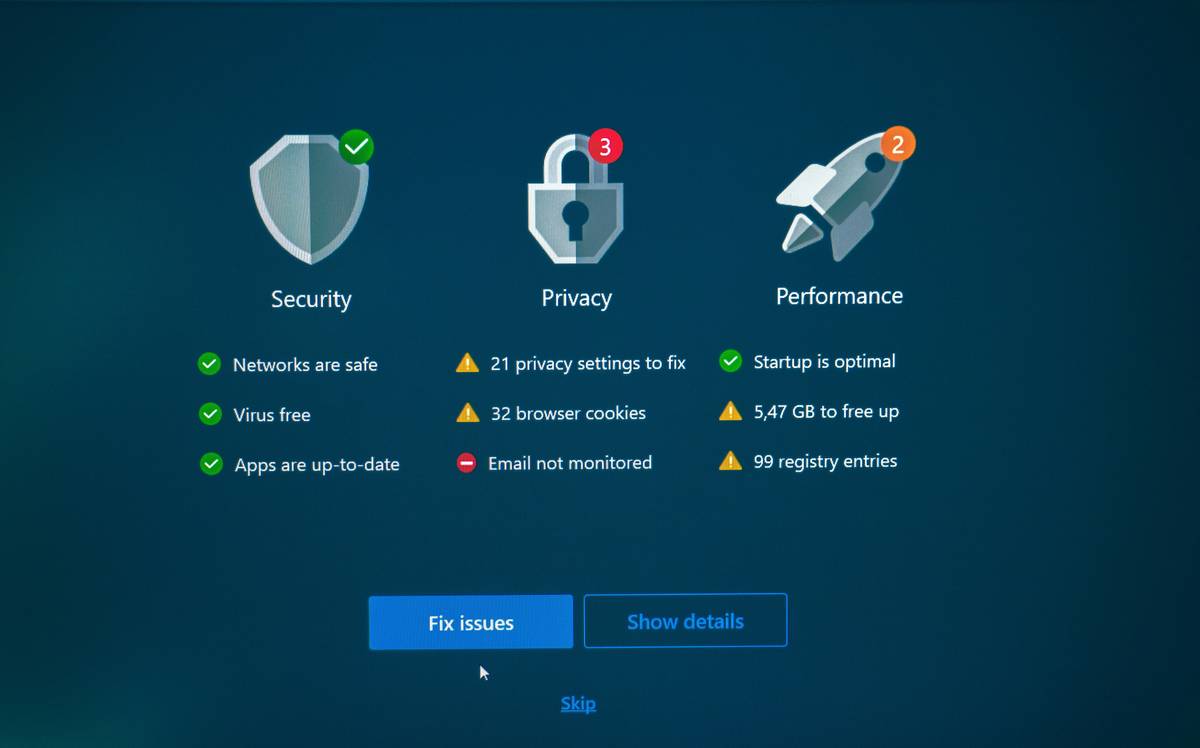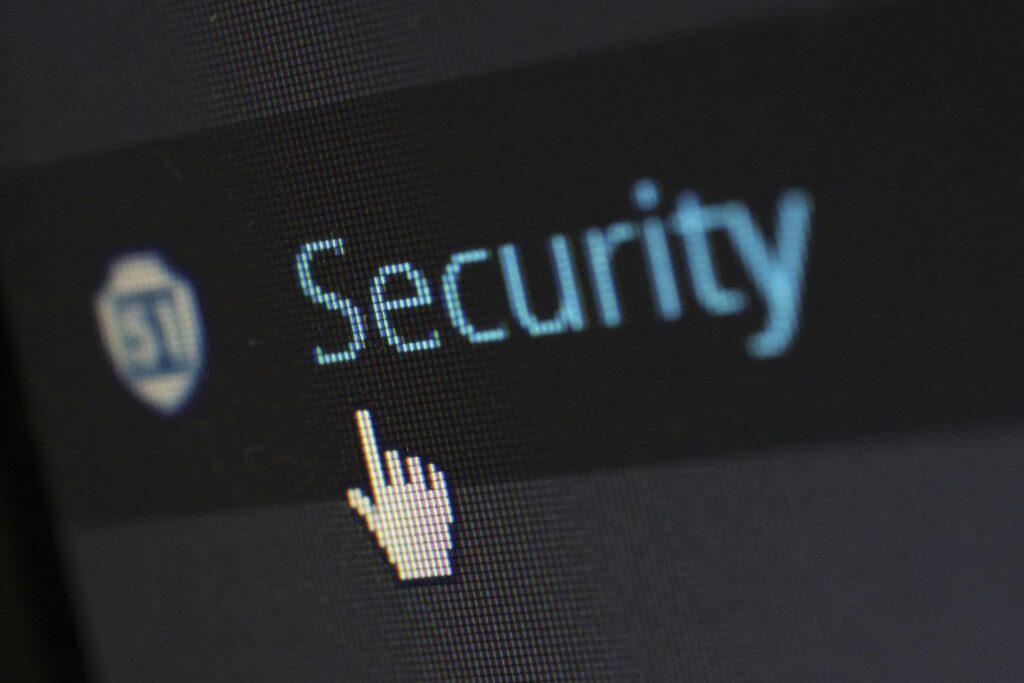“Ever clicked a link in an email and immediately regretted it? Yeah, you’re not alone. Phishing scams are sneaky, soul-crushing little monsters designed to steal your data—and your sanity.”
In today’s digital landscape, phishing attacks are no joke. According to Verizon’s 2023 Data Breach Investigations Report, phishing accounted for over 36% of all data breaches. That’s right—one out of every three cyberattacks starts with a fake email or malicious URL. But here’s the good news: by stacking up multiple phishing protection layers, you can fortify your defenses and stay one step ahead of hackers.
This blog post will uncover why phishing is such a massive cybersecurity challenge, break down actionable steps to implement layered protection, and share tips on keeping your organization safe. Plus, I’ll throw in some brutal honesty about what not to do (spoiler: bad passwords *still* exist).
Table of Contents
- Key Takeaways
- Why Phishing Is Still a Top Cybersecurity Challenge
- Step-by-Step Guide to Building Phishing Protection Layers
- Pro Tips for Strengthening Your Phishing Defense
- Real-World Examples of Effective Phishing Mitigation
- Frequently Asked Questions About Phishing Protection Layers
Key Takeaways
- Phishing remains a leading cause of data breaches, making robust defense strategies essential.
- A layered approach combines technical tools, employee training, and policy enforcement.
- Common mistakes like ignoring software updates or weak passwords leave systems vulnerable.
- Real organizations have successfully mitigated phishing risks through proactive measures.
Why Phishing Is Still a Top Cybersecurity Challenge
Remember that time I accidentally downloaded malware from an email pretending to be Amazon? Yeah, it was as embarrassing as using #PizzaParty when promoting kale salad recipes. Long story short, my mistake cost me hours of cleanup—and worse, access to sensitive files. It taught me firsthand how deceptively simple phishing attacks can wreak havoc.

Here’s why phishing continues to dominate:
- Social Engineering Mastery: Hackers exploit human psychology, crafting emails so convincing they fool even tech-savvy users.
- Evolving Tactics: From SMS scams (“Smishing”) to social media baiting, attackers constantly adapt their methods.
- Lack of Awareness: Many employees still don’t recognize phishing attempts until it’s too late.
“You might think firewall software has your back—but without proper awareness and layering techniques, you’re walking around with metaphorical unlocked doors.”
Step-by-Step Guide to Building Phishing Protection Layers
Now let’s dive into creating those oh-so-important phishing protection layers. Think of this process like securing a medieval castle—each layer adds another level of defense.
Step 1: Deploy Advanced Email Filters
Start by setting up advanced filtering systems like SPF, DKIM, and DMARC. These protocols verify sender authenticity, blocking spoofed emails before they reach your inbox.
Step 2: Train Your Team Relentlessly
Regular simulation exercises help employees spot red flags. Pro tip: turn these drills into friendly competitions (winner gets coffee!). Nothing motivates like caffeine.
Step 3: Implement Multi-Factor Authentication (MFA)
MFA acts as a final checkpoint, ensuring stolen credentials alone aren’t enough to breach accounts.
Optimist Me:
*”With these layers, you’ll squash phishers left and right!”*
Grumpy Me:
*”Assuming you actually keep up with updates… because lazy IT teams make my blood boil.”
Pro Tips for Strengthening Your Phishing Defense
Layered protection isn’t just tech wizardry—it’s smart habits too. Here’s where I spill the chef’s-kiss-worthy advice:
- Create complex, unique passwords, ideally stored in a secure password manager. (No more “Password123,” please.)
- Enable automatic updates for all devices and applications. Falling behind creates vulnerabilities faster than kids eat Halloween candy.
- Conduct regular audits of user permissions. The fewer people who need admin access, the better.
Rant Alert:
Why do businesses STILL overlook basic security hygiene?! Seriously, patch management isn’t rocket science. Stop treating it like an optional chore!
Real-World Examples of Effective Phishing Mitigation
Let’s talk success stories. A Fortune 500 company recently saved millions by integrating AI-powered threat detection alongside traditional filters. Result? A staggering 80% drop in successful phishing attempts within six months.
Another example comes from a small nonprofit. By simply rolling out monthly training sessions combined with MFA adoption, they reduced phishing-related incidents by half—even during peak holiday scam season.
Frequently Asked Questions About Phishing Protection Layers
What Are Phishing Protection Layers?
They’re multiple overlapping safeguards aimed at stopping phishing attacks across different stages—from prevention to detection.
How Much Does This Cost?
It varies depending on tools, but many open-source solutions offer free versions. Consider it an investment compared to the cost of a breach.
Is Employee Training Really Necessary?
100%. Even the fanciest tools won’t stop someone from clicking a malicious link if they aren’t educated. Trust me; ignorance kills productivity harder than a dying laptop battery.
Conclusion
Phishing protection layers are non-negotiable in modern cybersecurity practices. With a mix of technology, education, and vigilance, you can build a fortress strong enough to withstand even the craftiest scammers. Sure, staying protected requires effort—but hey, so does maintaining your sourdough starter.
Stay sharp out there, okay?
P.S. Remember: Like Pac-Man chasing ghosts, always chase stronger protection. 🍒✨


